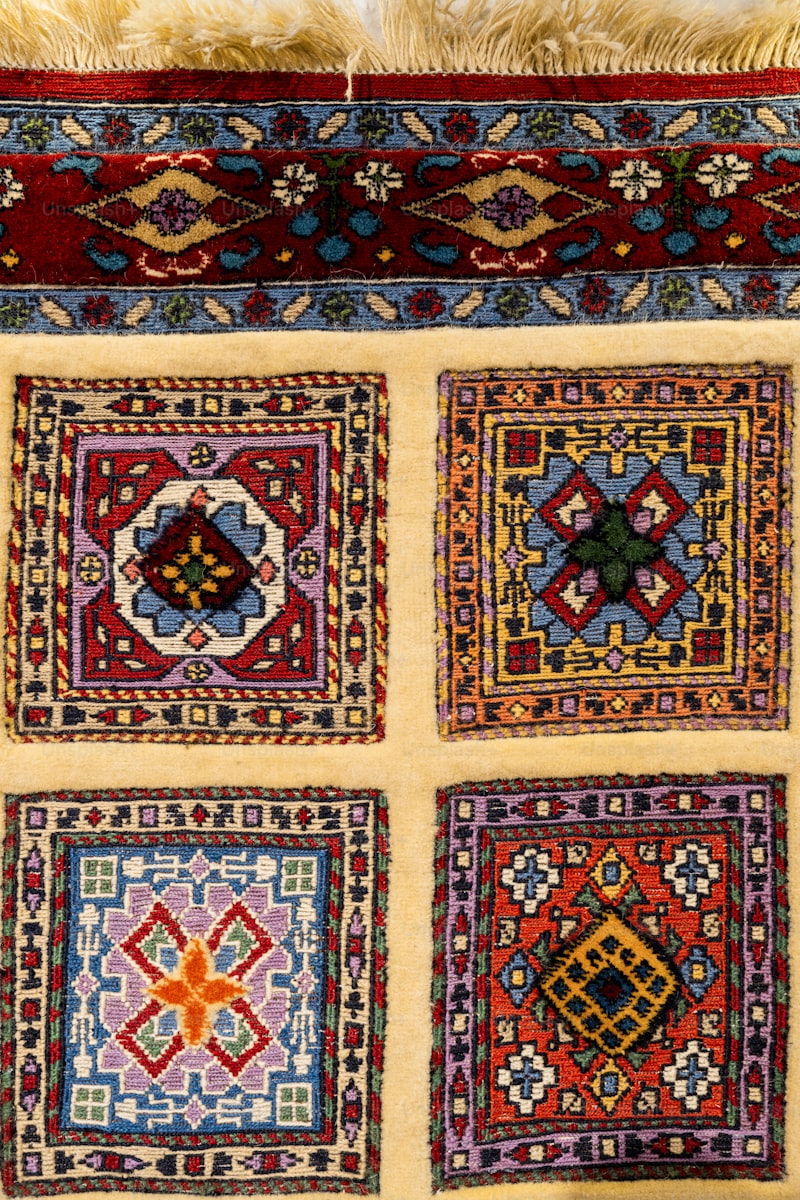Understanding Fabric Weight and Feel: A Comprehensive Guide
When it comes to choosing the right fabric for your clothing, upholstery, or craft projects, understanding fabric weight and feel is crucial. The weight and feel of a fabric can significantly influence its appearance, durability, and suitability for specific applications. In this article, we will explore what fabric weight and feel mean, how they are measured, and their importance in the textile industry. We'll also delve into various fabric types and provide a handy reference table for quick understanding.
What is Fabric Weight?
Fabric weight refers to the heaviness or lightness of a fabric, often measured in grams per square meter (GSM) or ounces per square yard (oz/yd²). This metric is essential when selecting fabric, as it affects how the material drapes and its overall feel. Lighter fabrics (typically under 150 GSM) are generally more breathable, making them ideal for warm weather garments such as dresses and t-shirts. Heavier fabrics (over 300 GSM), on the other hand, offer durability and warmth, suitable for jackets and outerwear.
Common Fabric Weight Categories
| Fabric Weight Category | Typical GSM Range | Examples |
| Lighter Fabrics | Below 150 GSM | Silk, Lightweight Cotton, Sheer Polyester |
| Medium-Weight Fabrics | 150-300 GSM | Cotton Broadcloth, Linen, Light Denim |
| Heavyweight Fabrics | Above 300 GSM | Twill, Canvas, Denim, Wool |
Understanding Fabric Feel
The feel of the fabric refers to its texture and hand, significantly influencing how it drapes and moves. Fabric feel can encompass a wide range of sensations, from soft and smooth to rough and stiff. This tactile property is often subjective and can vary from person to person. Factors such as fiber composition, weave type, and finishing processes play vital roles in a fabric's overall feel.
Factors Influencing Fabric Feel
Several elements affect how fabric feels, including:
- Fiber Type: Natural fibers like cotton and silk tend to feel softer compared to man-made fibers like polyester.
- Weave Structure: A twill weave can produce a different feel than a plain weave even if the fibers are the same.
- Finishing Techniques: Treatments such as mercerization for cotton can enhance softness and give the fabric a luxurious feel.
How Fabric Weight and Feel Affect Your Choices
The relationship between fabric weight and feel can dictate the success of your clothing design or upholstery project. Here are a few key factors to consider when making decisions:
1. Intended Use
The first consideration is the intended use of the fabric. For example, if you are designing a dress for summer outings, a lightweight and breathable fabric with a soft feel would be ideal. Conversely, for a winter coat, you'd want a heavier fabric with a thicker feel to provide warmth and stability.
2. Seasonal Considerations
Seasonality also plays a significant role in fabric selection. Fabrics for summer typically tend to be lightweight and airy, while winter fabrics are often heavier and more textured. For example, a lightweight cotton might be perfect for summer, while a wool blend would serve well in winter.
3. Garment Structure
The structure of the garment impacts how fabric weight and feel can affect your design. Heavier fabrics can lend more shape to structured items like blazers, while lighter fabrics are better suited for flowy garments.
Popular Fabrics and Their Weight and Feel Characteristics
Below we have highlighted some popular fabrics, their average weight, and their general feel to help you make an informed choice:
| Fabric | Average Weight (GSM) | Feel |
| Cotton | 100-300 | Soft, Breathable, Versatile |
| Silk | 70-130 | Soft, Luxurious, Shiny |
| Linen | 150-300 | Textured, Crisp, Breathable |
| Polyester | 100-200 | Dependable, Can Mimic Various Feelings |
| Wool | 300-600 | Warm, Soft, Hefty |

Popular Questions About Fabric Weight and Feel
What is the best fabric for summer clothing?
Lightweight fabrics such as cotton, linen, and rayon are ideal for summer clothing due to their breathability and comfort.
How do I choose the right fabric for my sewing project?
Consider factors like the garment type, intended use, and season while also focusing on the fabric weight and feel that matches your project needs.
Are heavier fabrics always better for durability?
Heavier fabrics generally offer more durability, but it highly depends on the fiber content and construction of the fabric as well.
Can I wash all types of fabrics in a washing machine?
Not all fabrics are machine washable. Always check the care label for proper care instructions, especially for delicate fabrics like silk.
Conclusion
Understanding fabric weight and feel is essential for anyone involved in textiles or sewing. By knowing how these characteristics influence appearance, function, and suitability, you can make better choices in fabric selection for any project. Always consider the purpose, season, and desired drape when selecting fabrics, and don't hesitate to explore different options to find the perfect match. As you embark on your next fabric purchase, keep these considerations in mind, and you’ll be better equipped to choose materials that not only look great but also feel fantastic.